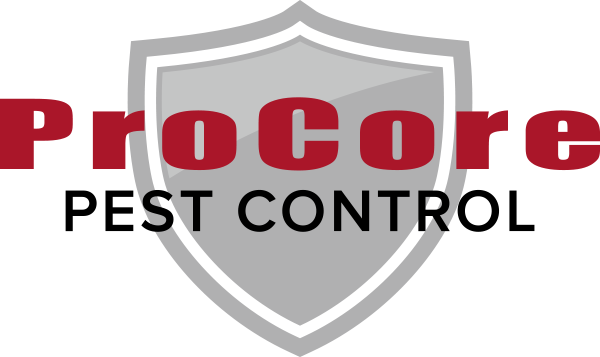Is Your Home at Risk for Termites? What You Need to Know About Termite Prevention

Termites are a persistent threat to homes across the United States, particularly in areas with warm, humid climates. These “silent destroyers” can cause significant damage before you even realize they’re there. In this guide, we’ll explore what causes termite infestations, how to recognize the signs of termite activity, and what steps you can take to protect your home from these destructive pests.
What Causes Termites? Key Factors That Attract Termites to Your Home
Understanding what attracts termites to your property is crucial for preventing infestations. Termites thrive in environments that provide the right conditions for feeding and nesting.
- Moisture and Humidity: Warm, humid climates are ideal for termite activity. Areas with high moisture levels, like basements and crawl spaces, are particularly vulnerable to infestations.
- Wooden Structures: Termites feed on cellulose found in wood and paper products. Homes with wood framing, flooring, and furniture are at higher risk, as termites can easily infiltrate these materials.
- Soil Contact: Subterranean termites, which are the most common type, build their colonies in soil. Homes with direct soil contact or poorly sealed foundations are more likely to experience infestations.
- Cracks and Gaps: Termites can enter homes through even the smallest cracks or crevices in the foundation or walls. Gaps around pipes, vents, or utility lines are common entry points.
Signs of Termites in Your Home: Early Detection is Key
Recognizing the signs of a termite infestation early can help prevent significant damage. Be on the lookout for these common indicators:
- Mud Tubes: Subterranean termites build mud tubes along walls or foundations to protect themselves and maintain moisture. These pencil-thin tubes are a clear sign of termite activity.
- Swarmers: Reproductive termites, or swarmers, shed their wings after mating. Finding discarded wings near windows or light fixtures may suggest termite activity nearby.
- Hollow Sounding Wood: Tap wooden structures with a hard object. If they sound hollow, it could be a sign of termite damage from tunneling inside.
- Termite Droppings (Frass): Termite droppings are small, dark pellets that can accumulate around infested areas.
- Live Termites: In some cases, you may spot live termites. These soft-bodied insects are pale in color and can often be found near wooden surfaces.
Termites: A Nationwide Concern
While termites are a concern everywhere, certain regions are more susceptible due to their climate, geography, and types of construction. Homes with wooden components, particularly older properties, are more vulnerable to infestations. Termites are especially drawn to wooden structures in humid, warm climates but can thrive anywhere with the right conditions.
How to Prevent Termite Damage: Proactive Measures for Homeowners
Although termites can be destructive, homeowners can take steps to safeguard their properties and minimize the risk of infestation. Here's how to protect your home:
- Regular Inspections: Schedule annual termite inspections with a pest control professional to catch any early signs of termite activity before the damage becomes extensive.
- Moisture Control: Address moisture issues by fixing leaks and ensuring proper ventilation in areas like basements and attics where termites are most likely to thrive.
- Seal Gaps and Cracks: Check your foundation for cracks and gaps, especially around utility lines. Sealing these openings helps prevent termites from entering your home.
- Use Termite-Resistant Materials: During construction or renovations, consider using materials that are less attractive to termites, such as concrete, steel, or termite-resistant wood.
- Professional Treatment: A professional pest control service can provide ongoing termite treatments and preventive measures to keep termites at bay.
Protect Your Home From Termites: Get Professional Help
If you suspect termite activity in your home or want to ensure that your property is protected, it’s essential to consult with a licensed pest control expert. Regular termite inspections and proactive treatments can help safeguard your home from these destructive pests. Contact ProCore Pest Control for termite prevention services.
